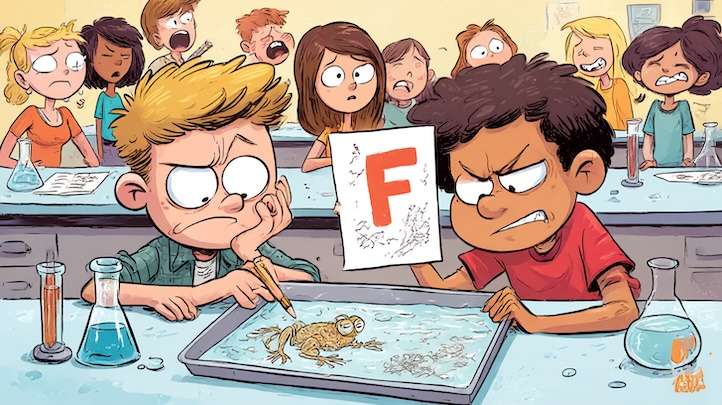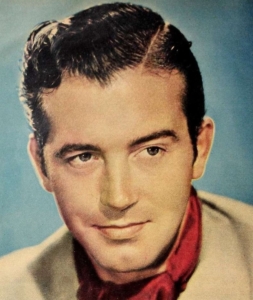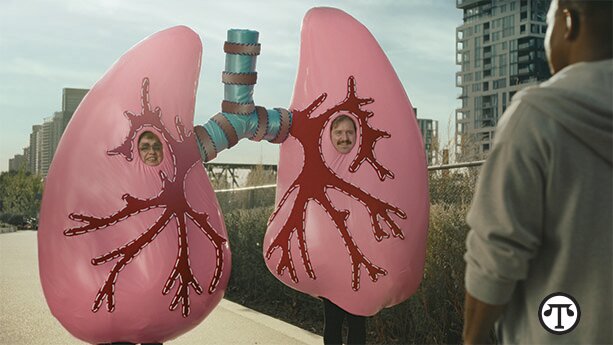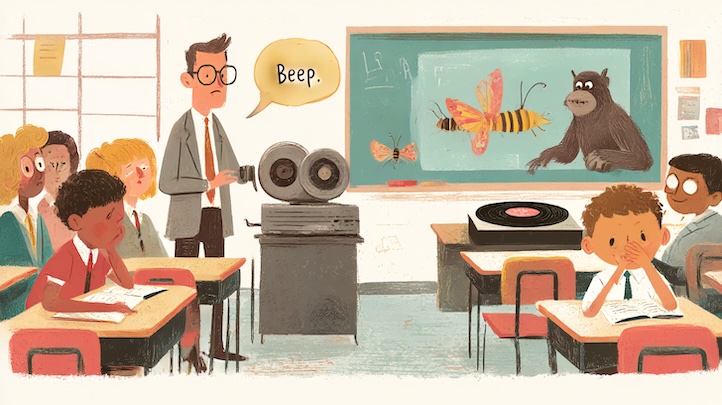Kurt Masur
Brahms 4 Symphonies, Tragic Overture, Academic Festival Overture, Haydn Variations, Schicksalslied; Kurt Masur, New York Philharmonic; Teldec 0630-13565-2, four cds, recorded between 1991 and 1996.

Kurt Masur
Kurt Masur (1927-2015) was forced as a teenager to fight in the German army when the Nazi government was feeling increasingly desperate on both sides after the 1944 D-Day invasion and the Battle of Stalingrad. He was one of 150 boys in his unit, of which only 27 survived.
Living in East Germany after World War II, Masur’s first important post was Music Director of the Dresden Philharmonic starting in 1957 and then in 1970 he moved upward to a crown jewel, the Leipzig Gewandhaus Orchestra which was established by composer/conductor Felix Mendelssohn in 1844 and became second only to the Berlin Philharmonic in its musical and technical excellence. Masur started building his own reputation in the United States as a uniquely outstanding interpreter of Beethoven, Mendelssohn, Schumann and Brahms via his recordings on such labels as Vanguard, Musical Heritage Society and Philips.
I first became interested in his conducting when his first set of the Brahms 4 Symphonies with the Leipzig was released on Philips during the late ‘70s, bought it in 1979 and was very impressed with his very poetic and understated approach to this music. The growling intensity of the First Symphony was toned down perhaps a bit too much but its lyrical beauties emerged; the gentle lyricism of the Second, the joyous abundance of the Third and the combination of wistful sentiment and visionary power in the Fourth contributed to a cycle that stood out against several very good sets by other conductors – Toscanini, Walter, Klemperer, Giulini, Bernstein, Ozawa, Solti, Bohm, Steinberg, Szell, Jochum etcs.
Other very good Masur records include a sublime Beethoven Violin Concerto with Salvatore Accardo and remakes of the same composer’s Eroica and 5th Symphonies from the early 1990s.
In 1989, Masur gave his public support to a huge demonstration against the East German government at a risk to his freedom. Along with his guest conducting of the Boston, Chicago, and Dallas symphonies and other American orchestras starting around 1980, he came to the favorable attention of the New York Philharmonic Board of Directors when it was searching for a replacement to Zubin Mehta and he became Music Director of the Orchestra from 1991 to 2002.
The above set of Brahms Symphony remakes is yet another outstanding example of Masur’s outstanding musicality with this composer, this time with the bracing enthusiasm of the New York Philharmonic at its best. One outstanding example is its playing of the First Symphony, a performance that roared with eloquence and excitement.
Opinions of Masur’s leadership during his 11 years ranged from admiration for his total preparation at rehearsals and giving of himself to his reputation for a bad temper. Interestingly in his interviews, Masur came across as a sweet Teddy bear in which he would frequently say how the playing of the of the Philharmonic musicians made him “So happy!”
Unfortunately, Masur and the Philharmonic Manager Deborah Borda had a falling out and his contract was not renewed, a move which left the Maestro very bitter. In compensation, he was given the lifetime title of Music Director Emeritus .
In 1972, Masur sustained serious injuries in an automobile accident on Germany’s already treacherous Autobahn where speeds of up to 120 miles an hour are routine among the motorists. His wife, the second of three women he would marry, was killed, he was several months in recovery and the circumstances of the accident were under investigation for several years.
On a happier note, his third wife who survives him was originally a soprano whom he heard singing Puccini’s Madame Butterfly. When they tied the knot, she gave up her career to attend to his domestic needs. Their son Ken David became a conductor and is now Music Director of the Milwaukee Symphony.
After leaving, Masur had positions with the London Philharmonic, Orchestra National de France and the Israel Philharmonic, with whom he recorded a magnificent set of Mendelssohn’s oratorio, Elijah. In 2012, he announced that he was retiring from conducting due to Parkinson’s disease and died from it in 2015.

Michael Rennie
The Third Man
Just started an old 1960s TV series The Third Man, starring Michael Rennie as Harry Lime on YouTube. More details in a future column. A totally different Harry Lime from the evil one Orsen Welles portrayed in the 1949 film classic based on a script by Graham Greene, Rennie’s is a detective who is honest in his investigations of crime on the domestic and international scenes.
 by Rix Quinn
by Rix Quinn















